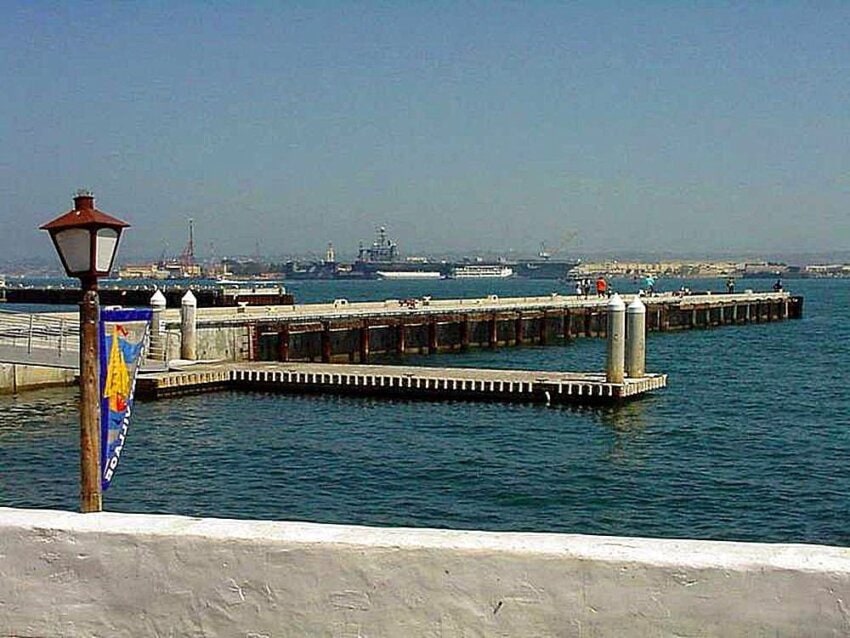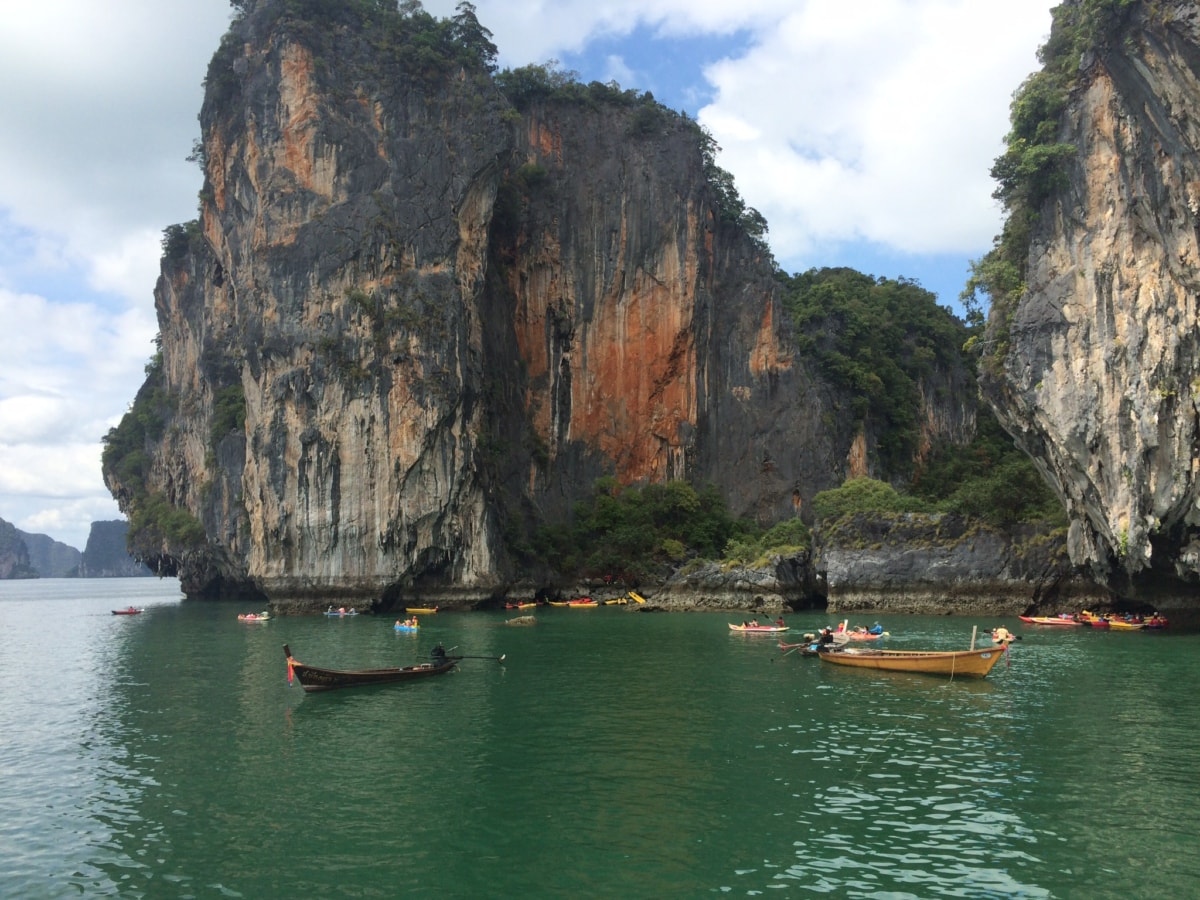No cruise can do without excursions. That’s the appeal of cruises, because they allow you to combine a comfortable vacation with sightseeing.
Like alcohol, excursions from cruise companies are expensive. Often unreasonably. It is one of their revenue streams. For children under the age of 14, there is only a 30% discount. If you take excursions at every port of call, it is an item of expenditure comparable to the cost of the cruise itself. Which of course is not in the plans of most cruisers. By the way, this is one of the reasons why some who dream to go on their first cruise, give up the idea.
To know the cost of excursions offered by cruise companies at the ports of call is possible on their websites. For example, Costa Cruises and Princess Cruises. All companies have about the same prices. Premium and luxury classes have higher prices.
After seeing how much they overpaid, often dissatisfied with the quality of excursions, in the next cruises already quite experienced cruisers choose other options to see interesting places.
- The easiest is the bus-turistic.
Most tourist cities, especially in Europe, have sightseeing buses, the so-called Bus-turistic (bus-turistic, city tour, Hop on Hop off tour). They make circular routes at intervals of 10-20 minutes, making stops at the most interesting sights. You can get off at any of them – walk around, take pictures. And get on the next bus, showing the driver a ticket. Bass tours are equipped with an audio guide in different languages.. They usually have an open second floor, from which it is convenient to take pictures on the go. In port cities, they necessarily have a stop near the port exit, since cruise passengers make up a large part of their clientele. In some, such as Copenhagen, the Bus Touristic stops right at the gangway.
The cost of these sightseeing buses from 10 to 30 euros, depending on the city and the length of the route. Children from 5 to 15 years – 50%. Drivers often do not charge for children.
The most famous and popular in the world of bass-tourist firm is City Sightseeing. In addition to her, there are many local firms. For example, in Rome there are 8 bass-tourists with different routes.
If you can’t find the city you want on the City Sightseeing website, search online – bus touristic + city name. These tours are also called Hop on Hop off bus tours. We do not recommend buying tickets in advance. Pre-purchase does not provide any advantages, and, oddly enough, often on the spot they are cheaper than on the website.
Definitely bass tours are a relatively inexpensive and convenient alternative to sightseeing tours from cruise companies.
Some cities also have “sightseeing train” (Train Sightseeing Tour). They usually have a short route, and are designed primarily for the elderly and tourists with children.
In a few cities, such as Singapore and Lisbon, there are combined amphibious tours. So called Hippo or Duck Tours.
- An option for the frugal and independent.
There are many cities where you don’t need a bass-tourist, though they are there. For example, Stavanger, Cadiz, Rhodes, Genoa, Savona. All the attractions in them are concentrated in walking distance. The best option in them is a walking tour. Of course, before the cruise, it is worth reading online and on the Porta page about the sights of this city. Undoubtedly the most powerful and popular resource to help independent travelers is the website tripadvisor.ru.
In many cities, and not only, volunteers conduct free walking tours in English City Free Tour. There is no single website. Look on the Internet – free tour and the name of the city you want.
It is very useful to print out a map of the city and mark the places you want to visit with a marker. Or use the service Sygic Travel, storing your route on your mobile device. If you get lost, locals will tell you the way to the next point or port.
- Of course, not every port has bass tourists.
Often liners call at small, unremarkable ports, from where you have to drive to attractions or other interesting cities. For example, Benoa on the island of Bali. Usually there are cab drivers crowding into these ports, offering the same itineraries as the cruise company. The drivers act as guides. You can find Russian-speaking cab drivers in Europe. Often these driver-guides take you to interesting and unusual places, where organized tours do not go. The cost of a car for the whole day ranges from $50 to $200 depending on the country. Usually the poorer the country, the cheaper it is. In India, you can get a car for $20.
This service is very common in the Caribbean islands. The standard price for a car for the day after haggling is $80-$100.
In this case, it is advantageous to cooperate with other cruisers. The trip will cost at least 2 times cheaper. The only disadvantage of this option – it is desirable at least a little knowledge of English.
- But there are quite a few ports, where cab guides don’t crowd at the gates.
Usually these are the ports where cruise liners rarely visit. For example, the port of Ashdod in Israel. Or where this kind of business is unpopular with cab drivers – for example, the port of Singapore.
In this case, you can use three options:
– Having studied the route and schedule in advance, take public transportation.
– Knowing where you want to go, use an ordinary cab. Of course, this option will be more expensive than the first. It is advantageous to cooperate. In most cases it will still be cheaper than a ship excursion.
– If you are traveling together, book a tour with local guides. Many countries now have Russian-speaking guides and travel agencies. With enough people in the group, this option will be cheaper than the excursion from the cruise company. And you can plan your own route. See exactly what you are most interested in. Find a guide at the right port here, here, and here.
An important point – sometimes due to bad weather or other reasons liners don’t call at the planned port. Therefore, it is risky to transfer the advance payment for the excursion to the account of the chosen guide. Not everyone will return it to you.
And in conclusion.
Cruise companies like to put the name of the nearest major city, popular with tourists, next to the port, creating the illusion that the port and the city are almost next to each other. Examples abound: Civitavecchia (Rome), Livorno (Pisa/Florence), Savona (Genoa/Milan), Southampton (London), Zeebrugge (Brussels), Santos (Sao Paulo), Valparaiso (Santiago), Port Canaveral (Orlando), Fort Lauderdale (Miami), etc.
In the itineraries, such pseudo-city ports alternate with cities where the port is really in the center of the city – Naples, Barcelona, Lisbon. Copenhagen. The result is a false sense that everything is close.
For example, the combination of the words Le Havre (Paris) is like a zombie. When the liner arrives in Le Havre, we go to Paris. Even when you know that the distance between these cities is 200 km, the brain refuses to believe that it is about six hours of travel in both directions.
How much time will be left for Paris itself? The answer is half as much – about two to three hours. And the first time to Paris still wants to go.
Experienced cruisers are not advised to succumb to the temptation to visit the image, but distant cities. First, it is often expensive, secondly, tiring, and thirdly, the impression will be very superficial. It is better to choose closer, sometimes no less interesting places, though not as “promoted”. For example, in the case of the port of Le Havre, it is better to go quietly to the city of Rouen, which leaves the most pleasant memories.














